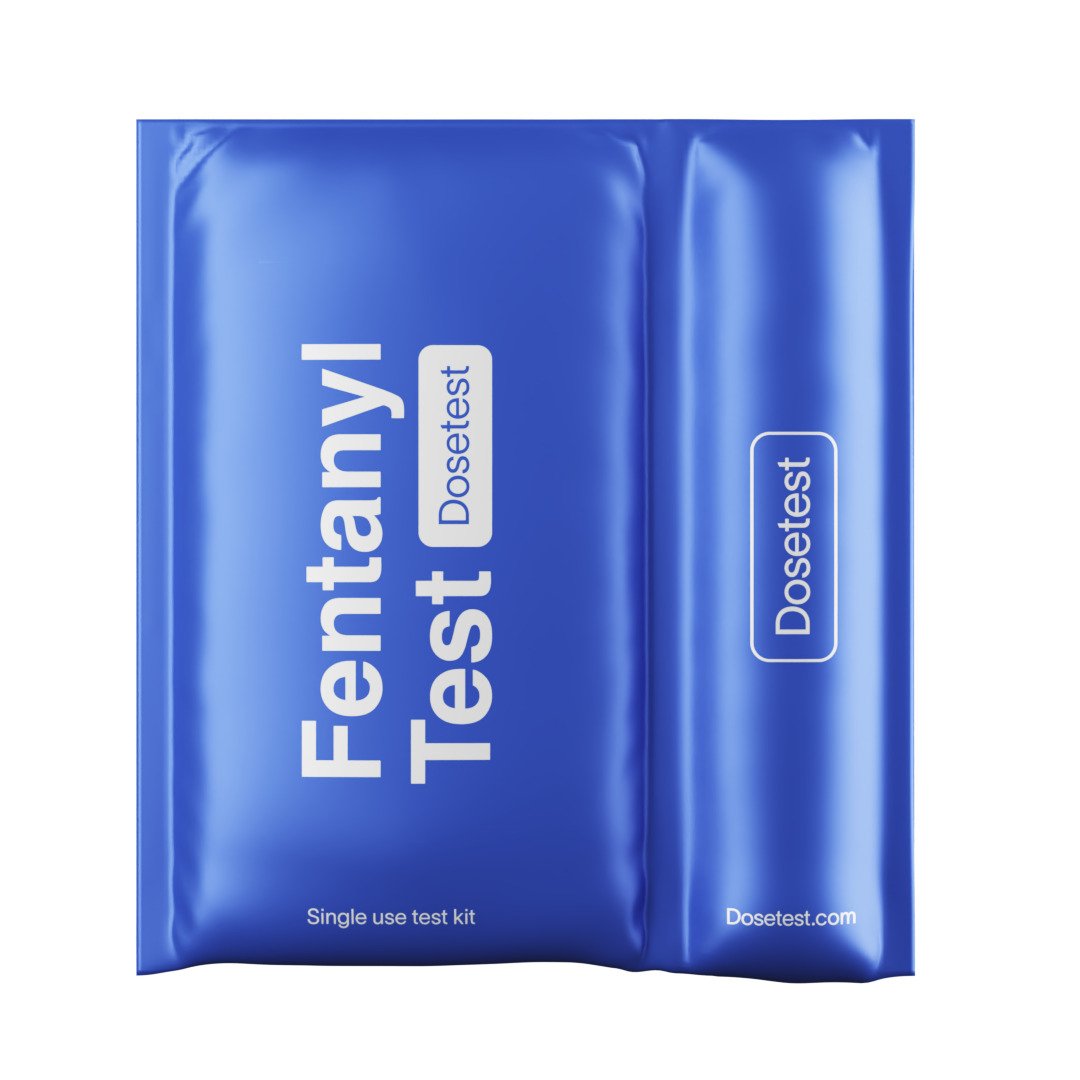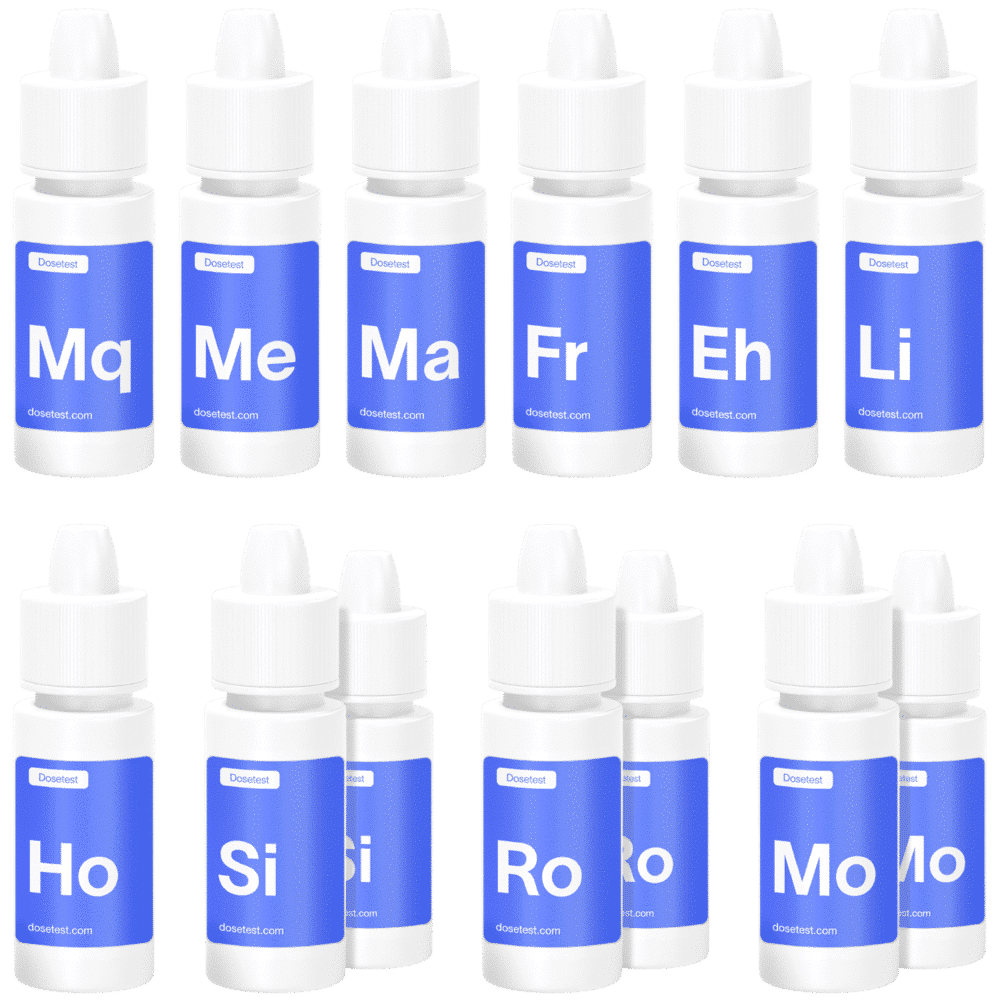The Rise and Fall of the Superpill

Posted on June 28, 2021 · 6 Minute Read
Plenty has been written about “superpills”, a glut of extremely pure, potent ecstasy which flooded Europe for much of the 2010s. Not all of it is tabloid dreck either, manipulating parents’ worst fears for clicks – just most of it. However, it’s only recently that we have been able to speak on this section of history with any degree of hindsight: the Age of the Superpill has, for the moment, passed.
To understand how we find ourselves in this situation, we’ll first need to take a whistle-stop tour of the history of ecstasy, from the Kaiser’s Germany though Ibiza and Hangzhou to a small server farm in France, where the party suddenly fell silent.
MDMA first entered the world in a lab owned by the German pharmaceutical giant Merck, to be used as an intermediary in the production of methylhydrastinine, a drug which was hoped to aid in the formation of blood clots, but never made it to wide release.

The patent for hydrastinine, laying out the first evidence of MDMA’s existence
Having no other known use, MDMA sat dormant on that patent for decades, bar some brief tests in the 1920s, until it was “rediscovered” by an academic at San Francisco State University: the late, great Alexander Shulgin. A student showed Shulgin the substance on paper and he completed a synthesis in his own home laboratory (which was something you could do back in the 70s). The first known human trials of MDMA proceeded to take place in his living room, where he slowly escalated doses on himself. Once he reached a sweet spot, he invited his friends around to give it a try (his findings are discussed in his book PiHKaL, available free in its entirety on Erowid – here’s the MDMA section). He passed the substance on to one such friend, Leo Zeff, who used it in his psychiatric practice and introduced it to hundreds of his colleagues across the USA.
We are only now rediscovering the practices pioneered by Zeff and his contemporaries, now referred to as MDMA-assisted psychotherapy. This is due to a DEA “emergency ban” on the drug in 1985, which suppressed such legitimate uses and instead drove it both underground and across the Atlantic. MDMA quickly found recreational use in Ibiza, then spread across Europe as we entered the 90s. It became a cornerstone of the rave scene and of the development of European dance music to this day, although it is still most inextricably tied to “happy hardcore”, a UK spinoff of breakbeat which was emerging at the same time.

This inoffensive smiling face, now so common as to fade into the background, became ubiquitous as the symbol of acid house (named more for its squelchy basslines rather than LSD) and happy hardcore, which dominated dance music throughout the early 90s
Throughout this period, the MDMA experience was pretty uniform – pills would rarely be dosed at more than 80-120mg, a fraction of what we have seen in recent years, and post-ban they were prone to adulteration with caffeine or amphetamine. Many old heads have claimed that pills were stronger then, forgetting the widespread practice of downing 2-3 at a time like ibuprofen, while modern revellers are now starting with a half or less.
The uniformity users experienced was broadly replicated on the supply side: camphor trees in Southeast Asia, primarily Cambodia, provided the essential oils which acted as the precursor for the majority of MDMA production worldwide. A single precursor, so geographically isolated as this, made for a terribly brittle supply line (more on this later).
In the late 2000s, a string of massive seizures took place which shattered the world’s MDMA supplies: 33 tonnes of camphor oil were burned in 2008 as part of a joint operation between Australian and Cambodian cops; another 50 were destroyed by Thai police, in cooperation with the American FDA.
The following drought lasted for years, and prompted the rise of MDMA substitutes like PMA (a drug which had been around since the 70s, but which was a little pointless when better, safer compounds like MDMA were widely available). Panic started to climb following a series of PMA-related deaths, particularly in the unusually drug-panic-prone UK, where the drug was dubbed “Dr Death” entirely and exclusively by their tabloid press, already known for its ghoulish delight in salacious stories of dead children.
Fortunately, MDMA suppliers were quick to respond. As early as 2010, major labs were already moving over to the use of a different precursor entirely: a synthetic substance called 3,4-methylenedioxyphenylpropan-2-one, or PMK. PMK could be produced at an industrial scale by factories in China and transported, completely legal-ish-ly, into the clandestine Dutch labs where only one further chemical step was required to turn it into MDMA. From here it could easily be pressed into pills and transported with very little fuss throughout Europe as a result of the limited borders between EU member states, particularly within the near-borderless Schengen Area. Substitutes still occurred, of course, with PMA giving way to the likes of methylone and NEP. Eventually, these started to fade away altogether: MDMA had become so potent and so cheap that such tactics weren’t even saving money any more.
PMK itself was soon banned, of course, but the wording of the legislation was specific enough that a near-identical compound, PMK glycidate, was untouched by these new controls. Many labs were already using PMK glycidate, others quickly restocked with it and the boom continued. During this time, we started to see real “branding” emerge in pill production. Since the first illegal pills emerged on the market, various colours and presses (usually just logos stamped into the pill) were used to differentiate between batches, but this was on another level. We saw a huge rise in shape variation and production quality, giving us “blockbuster” pills like the infamous Blue Punishers, Orange Trumps, Pink/Purple Skypes and many more.

UK drug-testing charity The Loop shared this image during the festival season of 2019 – brands like Technogym and Albert Heijn (not pictured) marked out the iconic dual-colour presses of the QDance Collective as uniquely Dutch.
The dual-colour presses are of particular interest – while adding nothing to the quality of the pill itself, pressing two distinct colours into a pill is so much more difficult that it effectively becomes a mark of quality in itself, setting pills from their producer, the QDance Collective, apart as the gold standard in ecstasy.
The first signs of trouble came in March 2019, when PMK was “properly” banned, by specifying that PMK glycidate, PMK glycidic acid and all isomers of each would also be placed under international control. This presented a long-term problem for manufacturing, but labs were able to hoover up huge stocks of the precursor before the bans came into effect so they could continue production while searching for another solution. That said, the first blow of a one-two punch is rarely the one that knocks you out.
The haymaker finally landed in the summer of 2020. While any sensible person was concerned with the pandemic sweeping the planet and unable to go about their daily lives, the cops of the world instead chose to prioritise escalating their decades-long campaign of violence against people who use drugs.
French authorities had finally breached Encrochat, a service which offered previously-ironclad encryption to privacy-minded folk across the continent. Unbeknownst to users or Encrochat themselves, law enforcement had begun to monitor communications sent through their servers, stealing huge tranches of data which included evidence of criminal behaviour ranging from street-level trafficking to massive producers and traffickers, including the aforementioned QDance Collective themselves. Over the following months, the superpills of the 2010s faded from sale.
To say that the market hasn’t recovered would be an understatement – it’s still reeling. In addition to the 2019 severance of precursor supplies, similar to the attacks in the late 2000s, these Encrochat hacks caused catastrophic damage to MDMA production and logistics across the continent and forced supply to rebuild from scratch.
This is already visible on the ground: the doses present in the real ecstasy pills that remain has plummeted. Following a brief spike in amphetamine adulteration/substitution in response, we are now seeing across-the-board increases in the use of whichever stimulants pill-producers can get their hands on. At the moment, the primary substances being used for this purpose are 4-CMC (related to mephedrone) and eutylone (related to NEP), poorly-understood new substances which are generally disliked by those communities that choose to consume poorly-understood new substances.
As you might expect, these drugs aren’t any better understood by those who are pressing them into pills and selling them. In some cases in New Zealand, where this problem is already rife, pills containing 200mg of eutylone have been identified. Now 200mg of MDMA is pretty much the floor for a superpill, but 200mg of eutylone is another story altogether: the top end of a regular eutylone dose is 100mg, and doubling that could easily put anyone in the hospital, either in a bed or in a drawer. While I can’t reach into the mind of whichever doofus pressed these pills to find out what they were thinking, the likelihood is that they obtained what they were told was MDMA and pressed it for sale without even checking.
This degree of buffoonery points to another problem with this recent one-two punch: when you systematically destroy the top end of the market by targeting industrial supply lines and encrypted communications, what’s left? The suppliers who were too foolish or small-fry to bother with, for the most part. Now buyers are being pushed towards new powers emerging in the wake of the crash, who are either more cut-throat or simply more inexperienced than those they left.
This is an extremely dangerous time for those of us who use drugs. The primary market for MDMA is people who are too young to remember the drought of 2008-2012, and have only known the golden age that followed – as lockdowns begin to lift around the world, revellers will return to a scene radically different to the one they left last March, and very few are prepared for the risks it will pose.
Worse still, millions of young people came of age during this pandemic – for them, this new world will be the only one they have known. Not only will they be unprepared for these dangers, they won’t even have a baseline for what to expect and might not realise that something is wrong until far too late. For all the hand-wringing we’ve had in recent years over people dying of superpill overdoses, the current situation will kill more young people than they ever did and very little is being done to prepare for that.
Their blood won’t be on the hands of the suppliers who have been arrested or those who have emerged to replace them, but on the lawmakers and law enforcers who have continued for the best part of a century to make supplies more dangerous while suppressing even the most basic supply of harm reduction information and resources. Further, it will be on the hysterical tabloid press whose voyeuristic craving for dead teenagers stokes panic and misinformation in support of the “War on Drugs” and all the brutal violence that entails. Neither will be held accountable for their actions, in all likelihood, and the responsibility falls to the rest of us to pick up the pieces.


